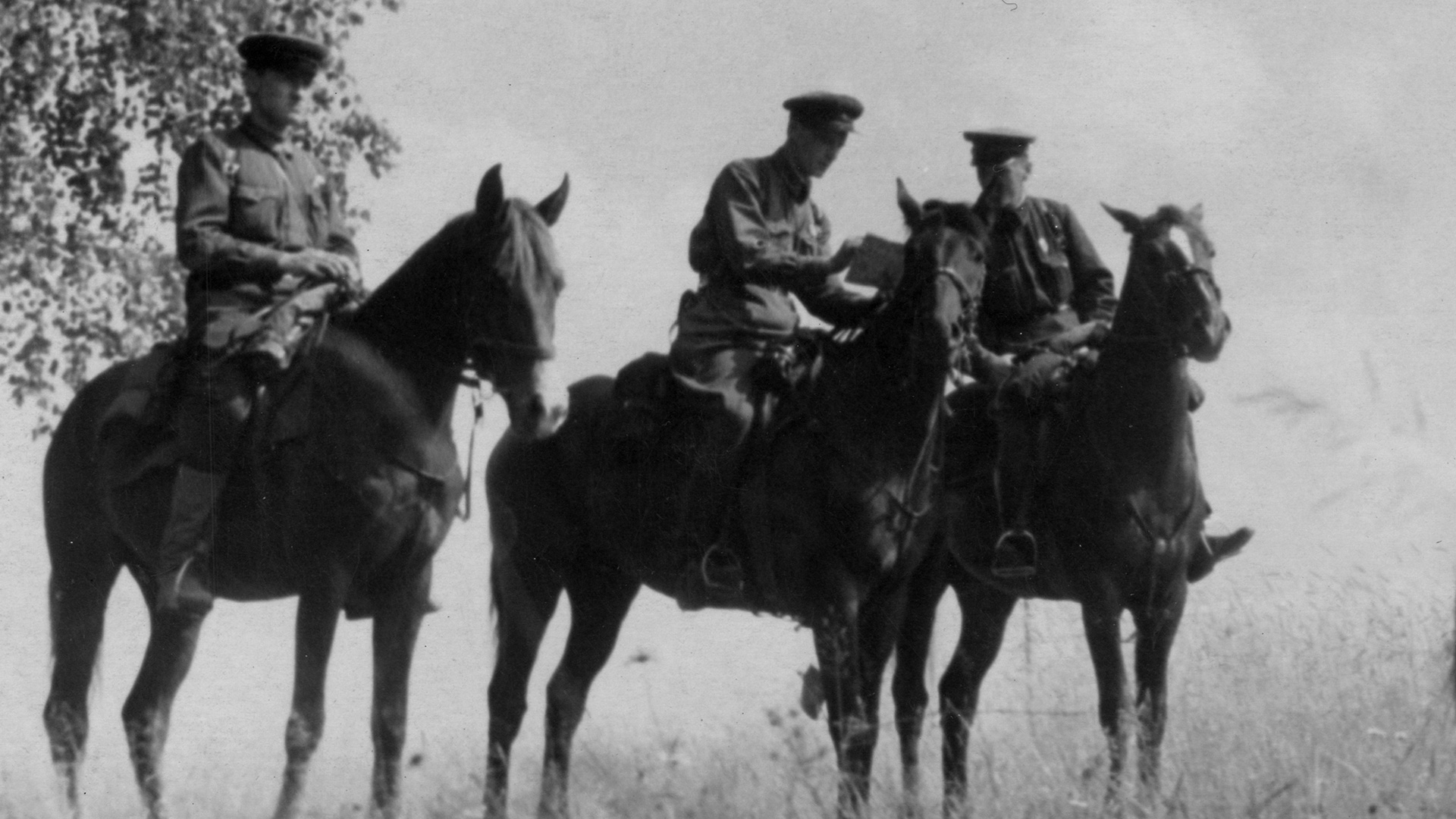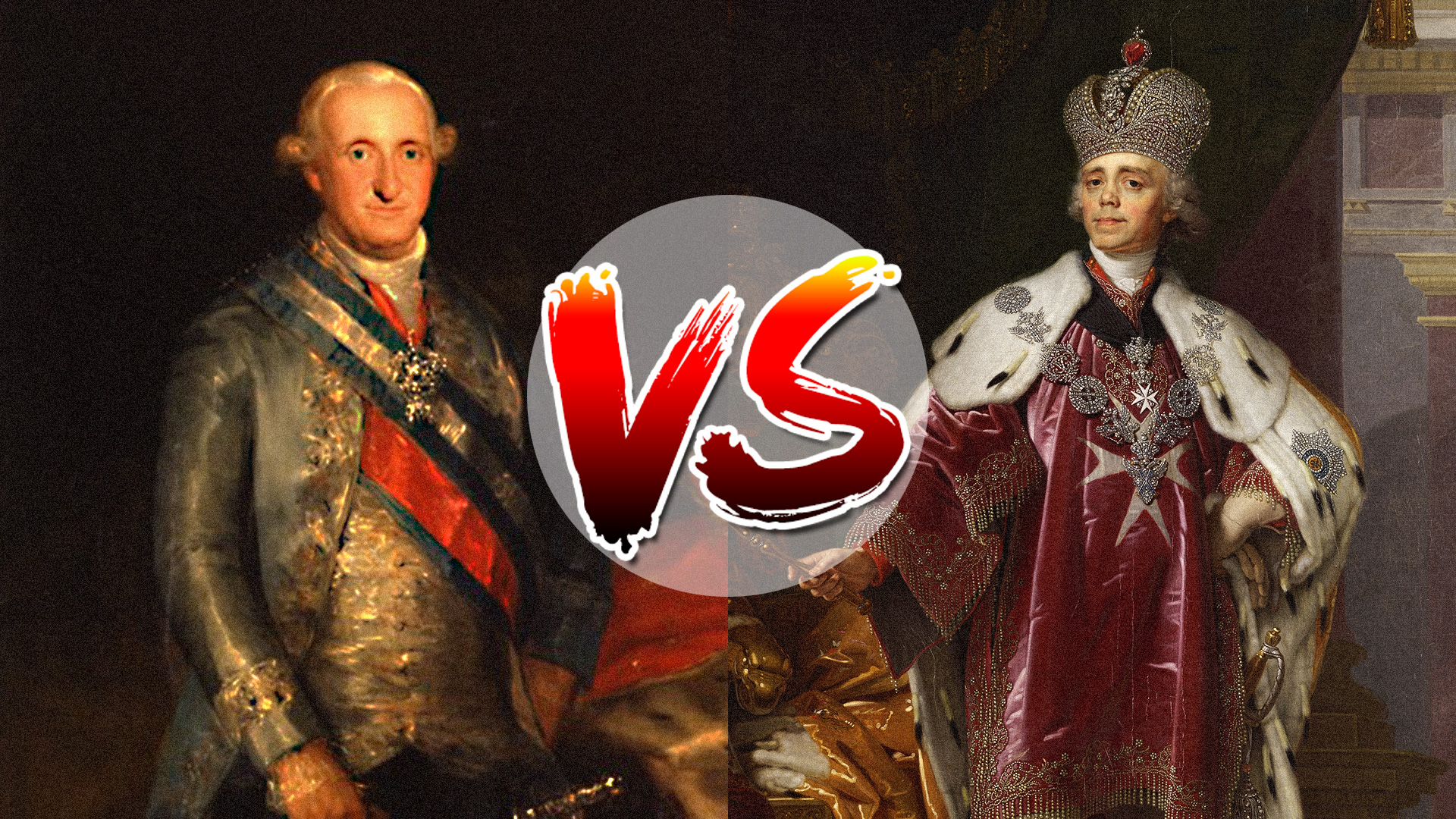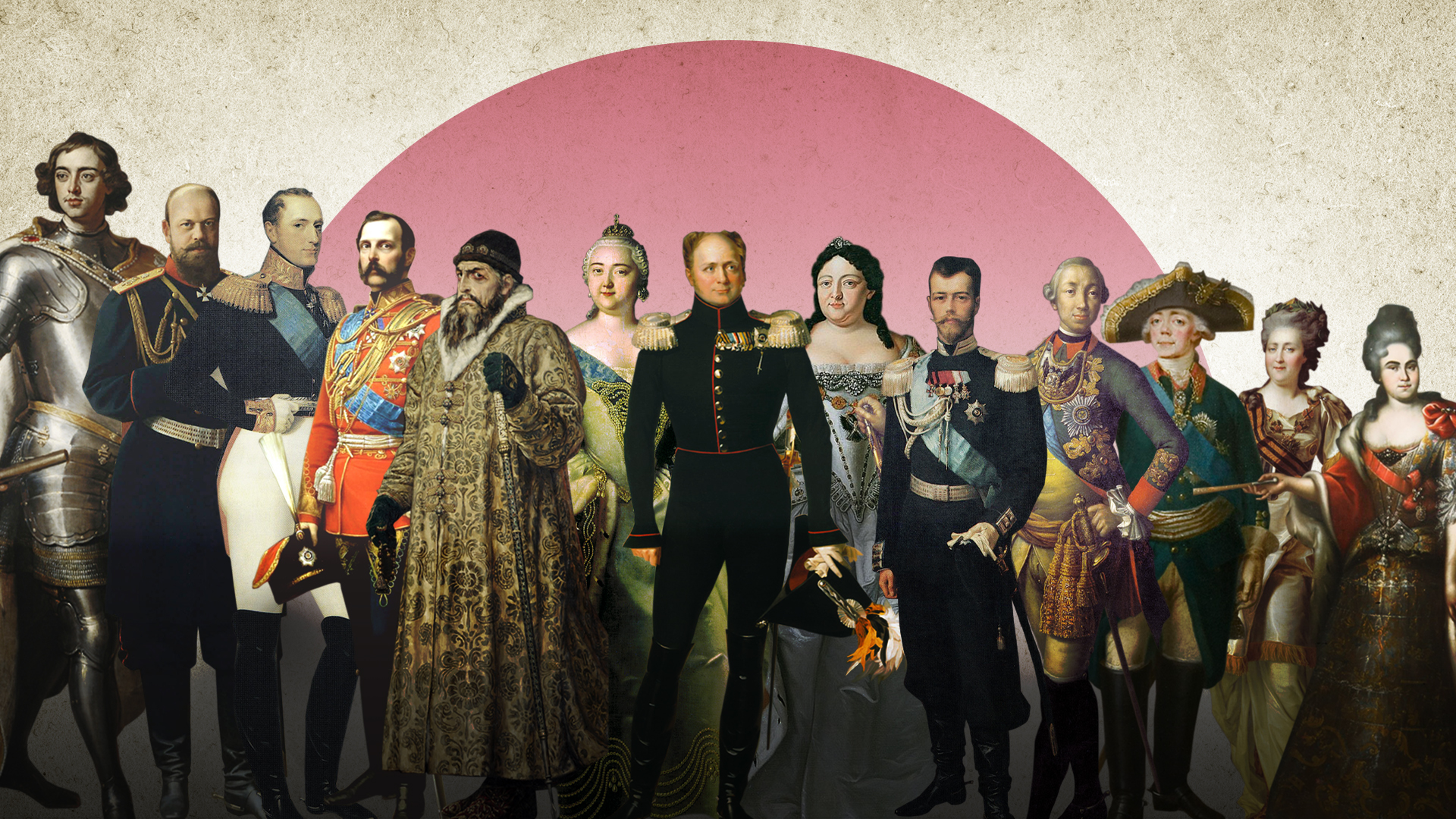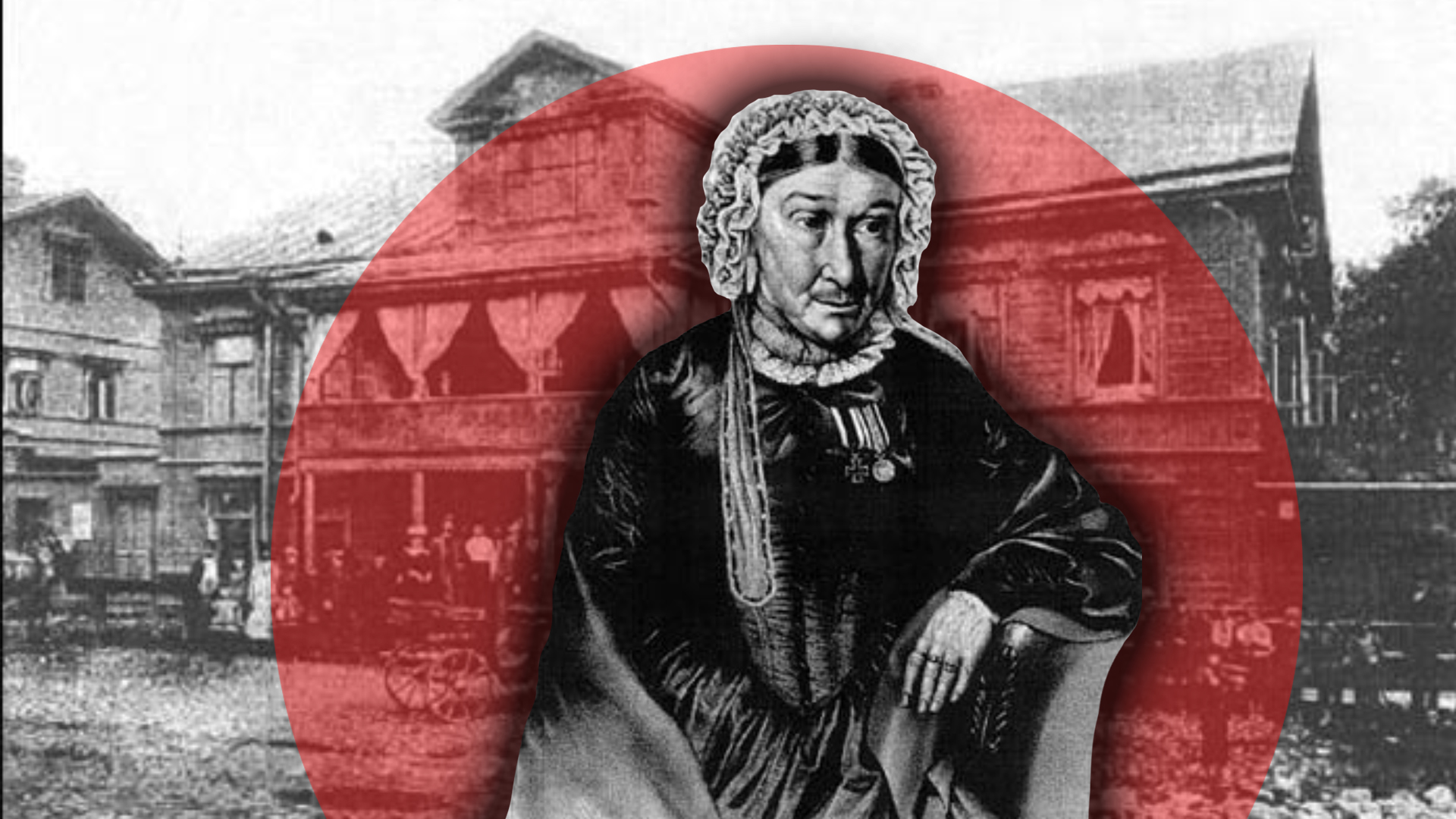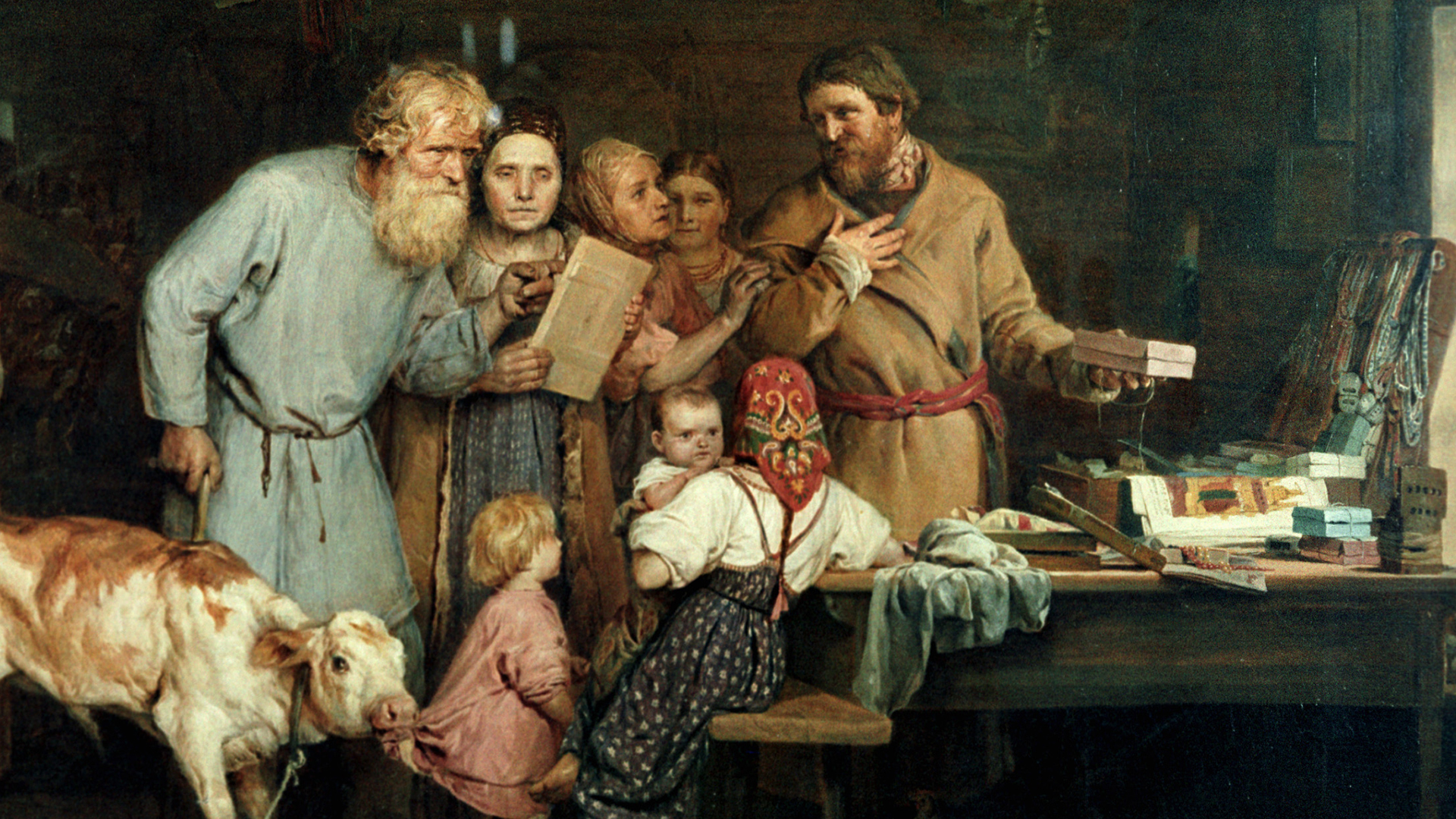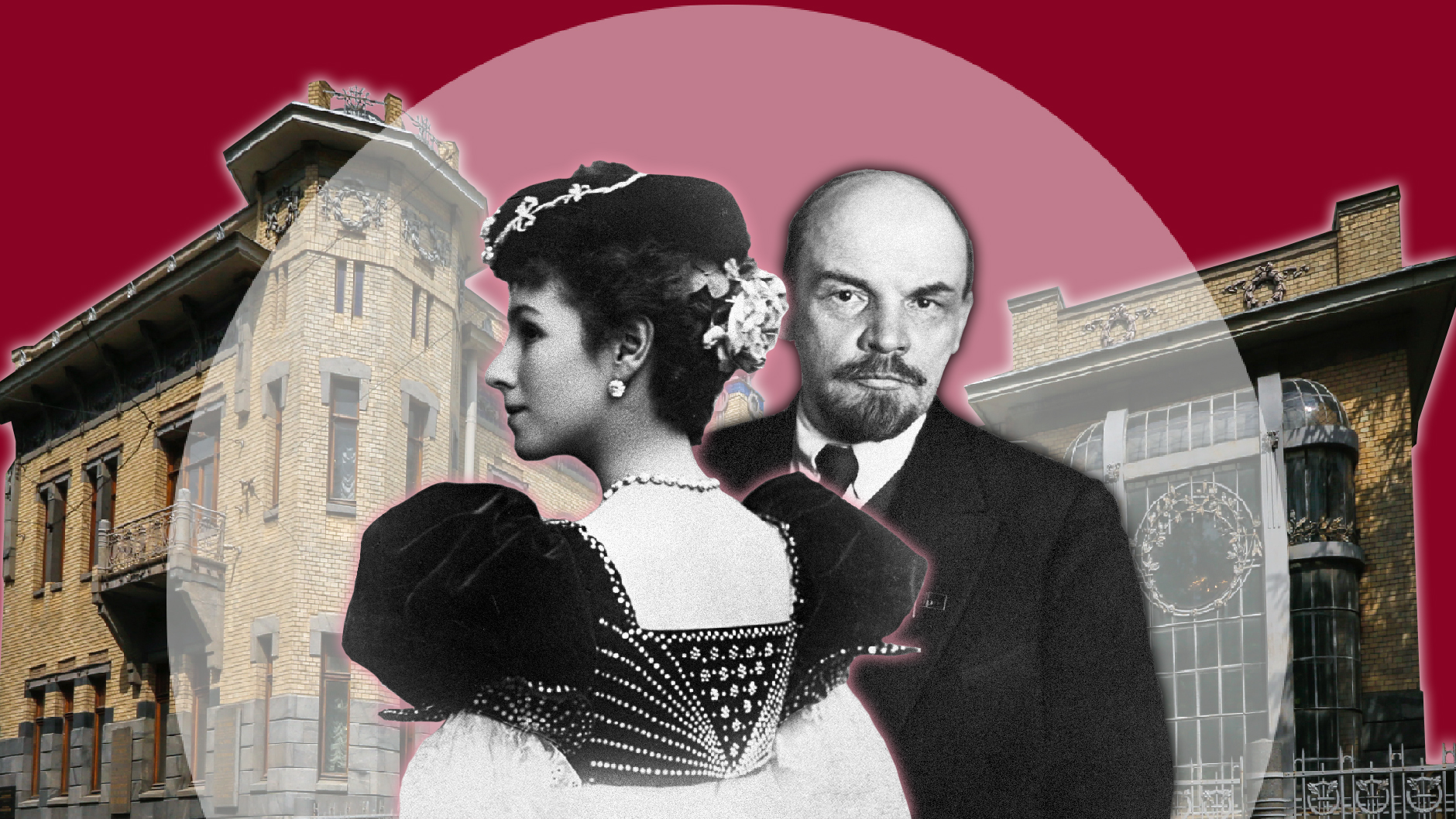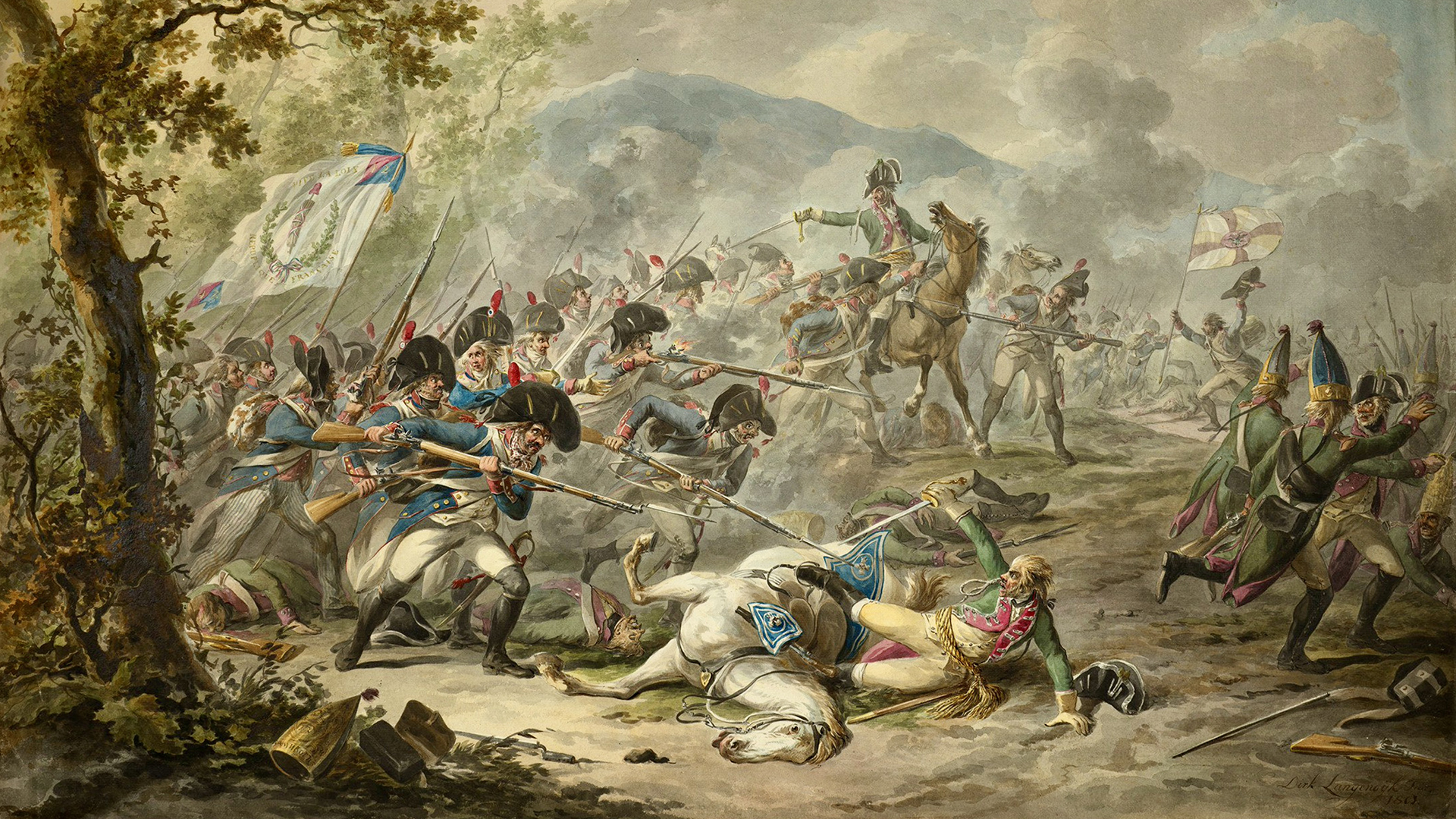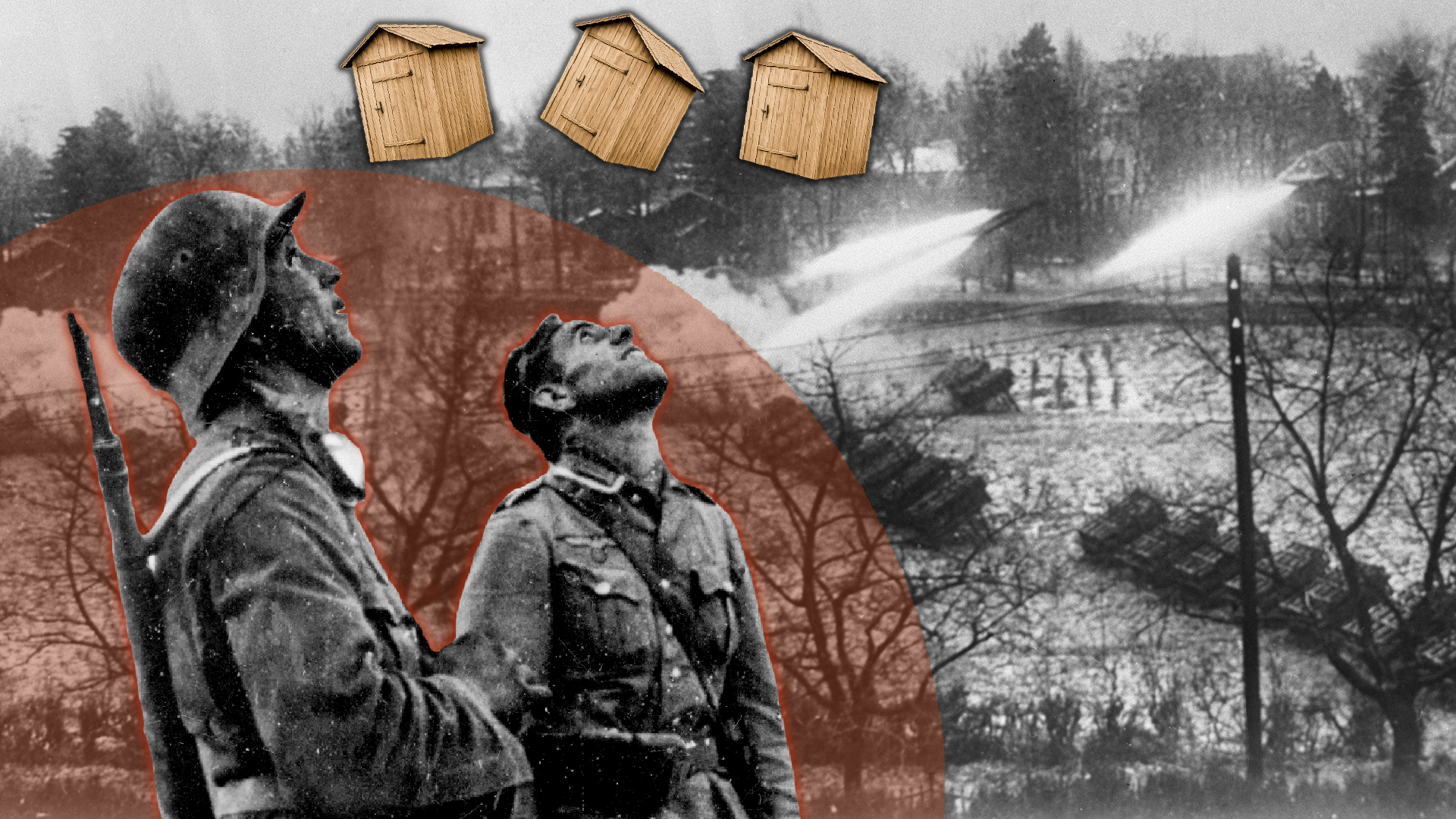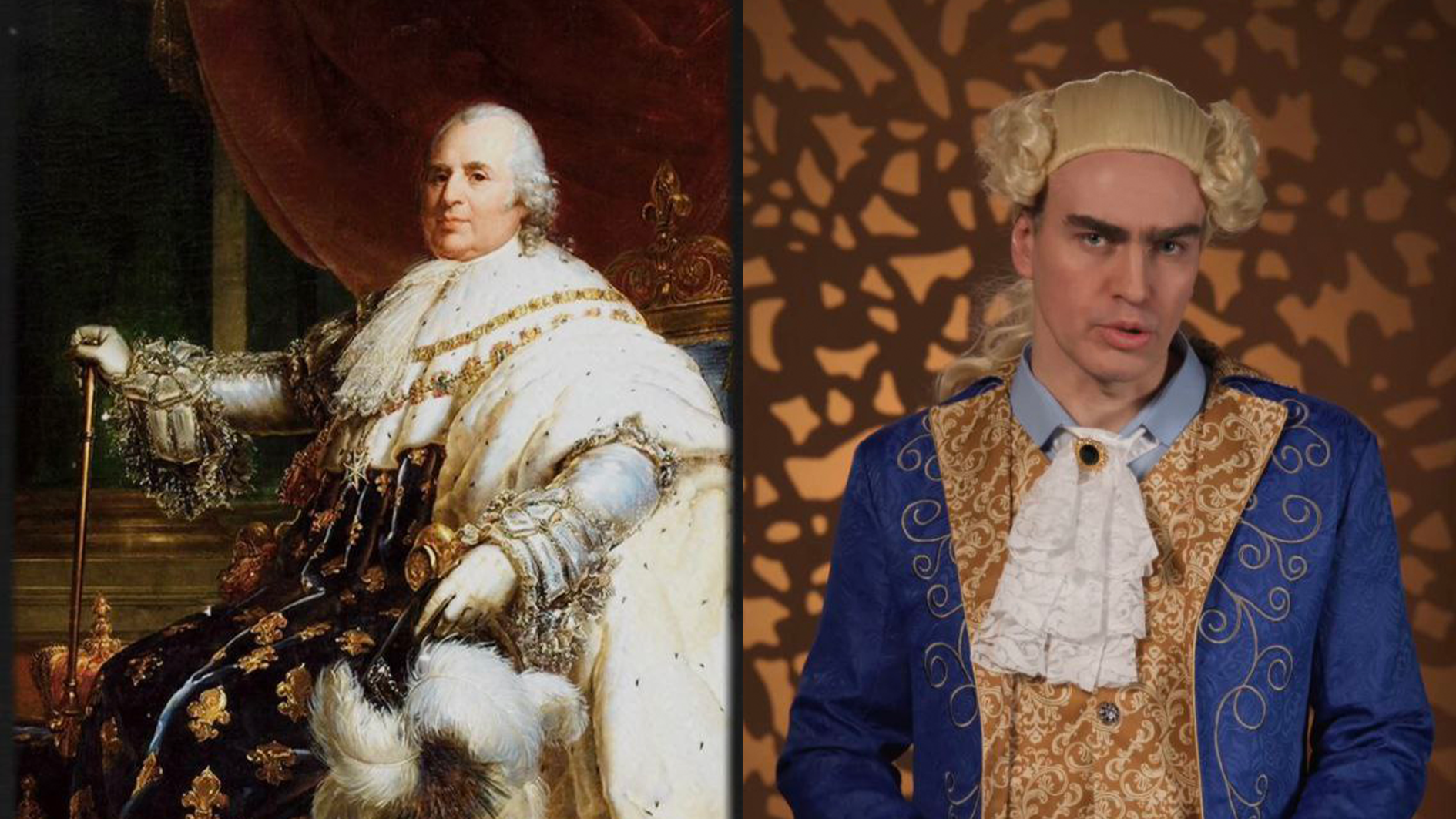
How did Peter the Great, the first Russian emperor, die?
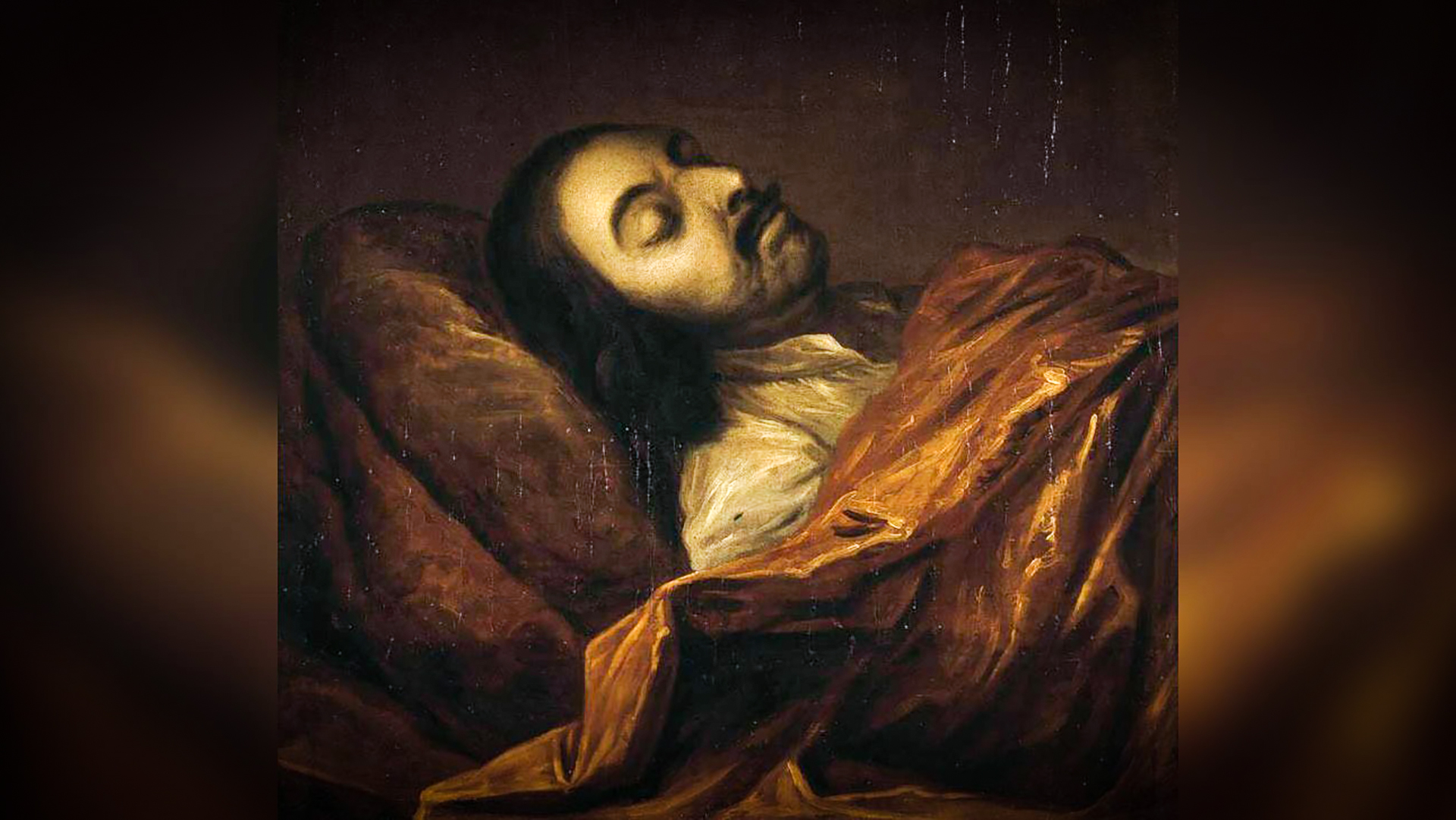
"A patient and magnanimous man, he could not restrain himself from wailing," was how Archbishop Feofan Prokopovich described the last days of Peter I's life, which he personally witnessed.
To this day, it remains unclear what caused the monarch's drawn out and painful death – whether a serious illness or poison.
Poor health
The emperor enjoyed robust health from childhood, but, throughout his life, it steadily deteriorated. He was distinguished by an unbridled fanaticism in work and play: He toiled for the good of the state and then threw himself headlong into debauchery, carousing, drunkenness and promiscuous sexual relations.
By the age of 50, Peter I suffered from a host of ailments, including hemorrhoids, stomach upsets, renal colic and cramps and leg swelling. The most troublesome were bouts of urinary retention, which the tsar mitigated with regular trips to mineral springs in Europe.
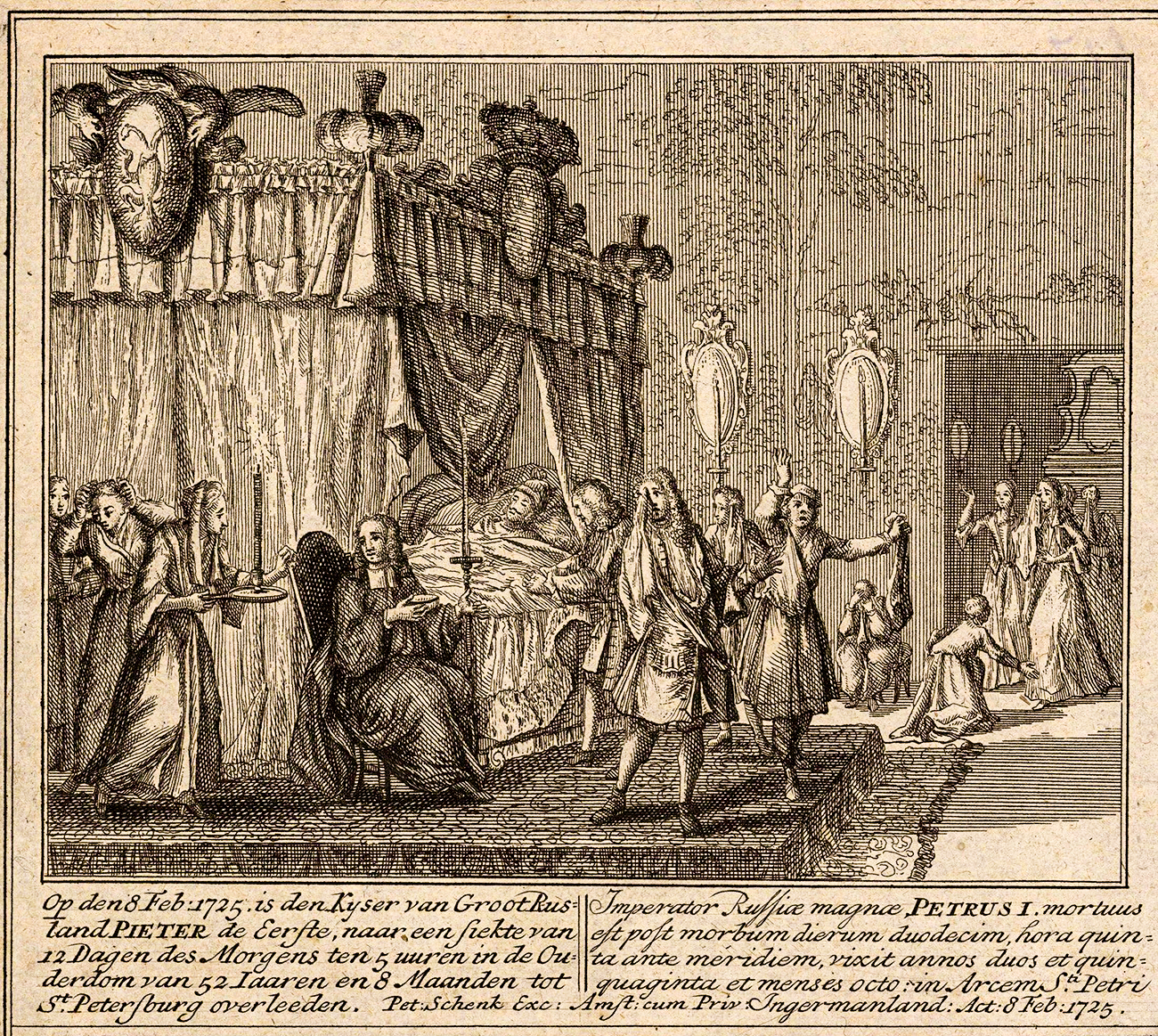 The death of Peter I.
The death of Peter I.
As soon as the ruler felt slightly better, despite the protests of his doctors, he would immediately "indulge in debauchery". After the attacks began, he would rest for a while and maintain a regimen, regain his composure and then resume his old routine.
Agony
In 1724, the tsar's condition deteriorated sharply. Periodic urinary retention developed into "complete urinary retention", requiring the use of a catheter to empty his bladder.
Peter I was now constantly taking medication, but it was of little help. He lost his appetite and developed a fever. His condition improved in the fall, so much so that he "occasionally strolled in his gardens and swam along the Neva", but he never fully recovered.
In January 1725, the ruler participated in the Epiphany celebrations, enduring the entire service in the freezing cold. Afterward, he finally fell ill.
They treated him as best they could: they rubbed hot goose fat with grated garlic into his back and chest, applied leeches to the back of his head to relieve the aches, gave him sea buckthorn and rosehip juice and performed a bladder puncture to drain the pus. However, this brought only short-term relief.
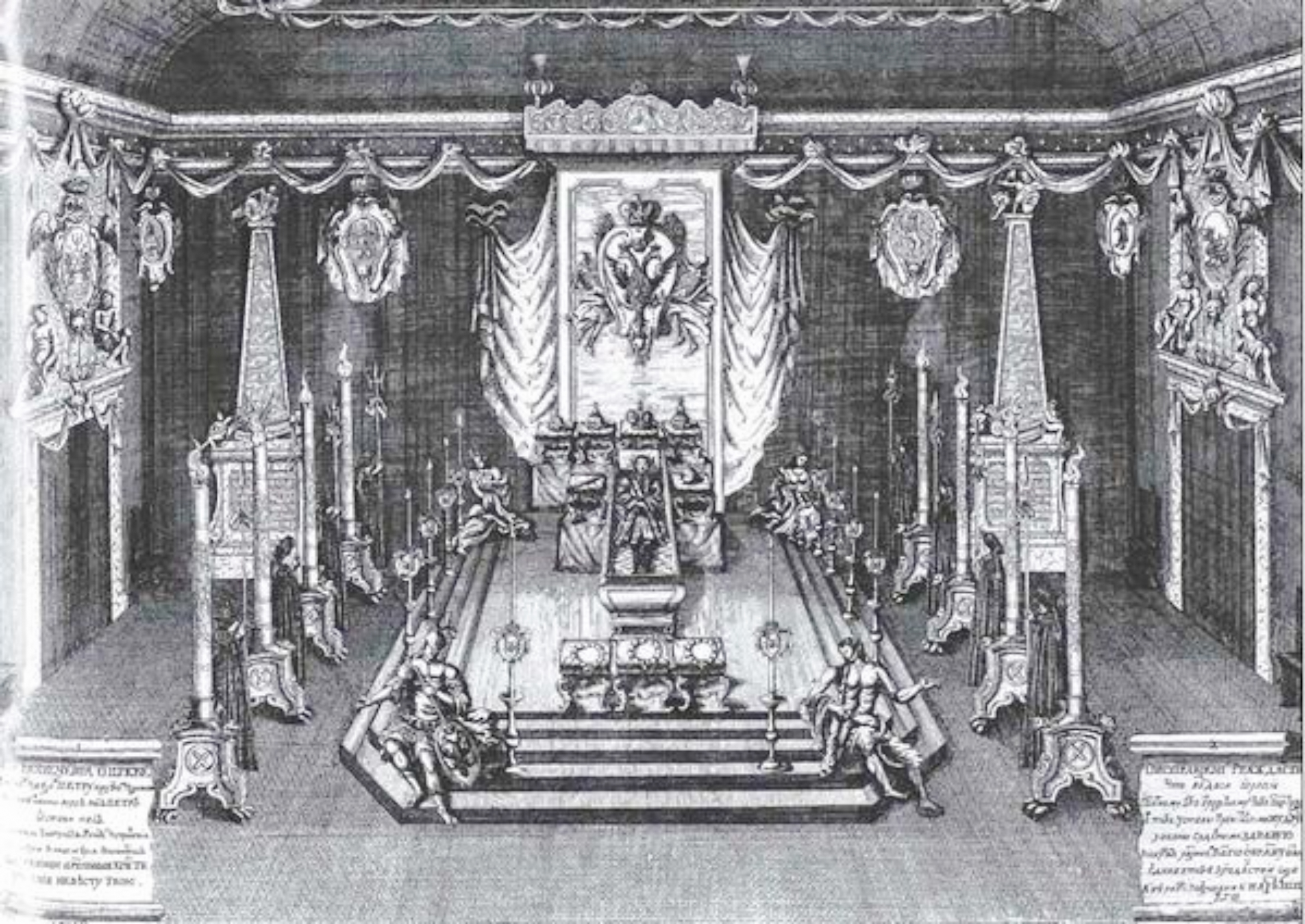 The Sorrow Hall of Peter I in the Winter Palace.
The Sorrow Hall of Peter I in the Winter Palace.
In the final days of his life, the emperor frequently lost consciousness, unable to speak or move his right arm and leg. He died on February 8 at the age of 52.
Illness or poison?
The exact cause of Peter I's death is unknown. Contemporaries and later researchers blamed kidney stones caused by syphilis and alcoholism, a "boil near the bladder", cirrhosis of the liver or cancer.
Specialists at the First Moscow State Medical University believe that kidney stones were the emperor's undoing and that the immediate cause of death was cerebral edema.
Some researchers believe the tsar was poisoned – either on the orders of His Serene Highness Prince Alexander Menshikov, Peter's closest associate, or his wife, Catherine. The tsar had accused the former of theft and the latter, shortly before his death, was caught having an affair – her lover, William Mons, was, subsequently, beheaded.
Artifacts from Peter the Great's funeral and other items from the era can be seen in ‘The Last Triumph of Peter the Great. Eternity Ahead’ exhibition at the Moscow Kremlin Museums until February 1, 2026.



